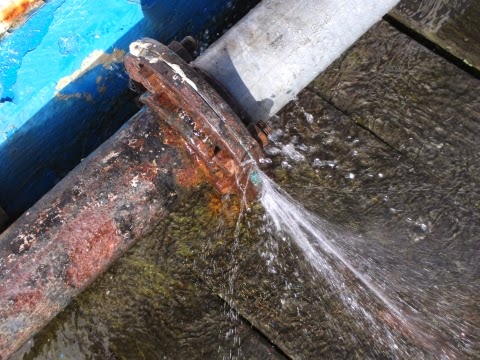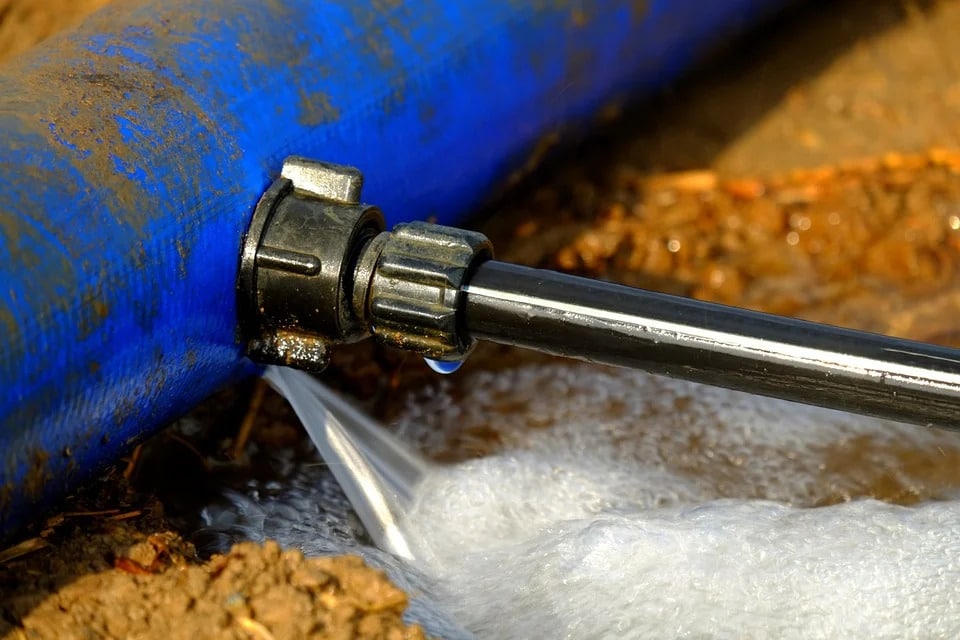From Detection to Correction: A Fast Approach to Handling Burst Pipes
From Detection to Correction: A Fast Approach to Handling Burst Pipes
Blog Article
We've stumbled upon this post on How to Install and Connect a New Dishwasher listed below on the web and felt it made perfect sense to discuss it with you in this article.

A burst pipe is a major emergency; you can just stand as you view water you pay dearly to rejoin with the earth. In even worse situations, you notice a swimming pool on your kitchen area floor, which is an excellent trip danger, particularly if you have youngsters around. If the pipe that ruptured was in your wall surfaces, bad news: you might need to repaint that whole section.
Exactly how can a calamity like a ruptured pipe be stopped and handled? Well, by paying attention to your expert emergency plumbers as well as adhering to these guidelines.
Just how do I understand when my pipelines have burst?
Rising and fall water pressures
Pipelines do not just burst in a day. You may have seen that your kitchen tap or shower does not run right away when you transform the tap. It may stop for a few secs and afterwards blast you with more force than common.
In other circumstances, the water might seem typical in the beginning, then decrease in pressure after a few seconds.
Wet wall surfaces and water spots
Prior to a pipe bursts, it will certainly leakage, many times. If this relentless dripping goes unnoticed, the leakage might graduate into a large wound in your pipe. One simple means to avoid this emergency is to watch out for damp wall surfaces ad water spots. These water spots will certainly lead you right to the leak.
Puddles under pipes as well as sinks
When a pipeline ruptureds, the outflow develops a pool. It might show up that the puddle is growing in size, as well as despite how many times you mop the pool, in a couple of mins, there's another one waiting to be cleaned up. Commonly, you might not have the ability to trace the puddle to any type of visible pipelines. This is an indicator to call a specialist plumber.
Untraceable dripping noises
Pipe bursts can occur in one of the most undesirable areas, like within concrete, inside wall surfaces, or under sinks. When your home goes quiet, you might have the ability to listen to an aggravatingly relentless trickling sound. Even after you've checked your shower head and kitchen tap, the dripping may continue.
Beloved viewers, the trickling might be originating from a pipe inside your walls. There isn't much you can do about that, other than tell an expert plumber.
Shut off the Water
When water ices up, it increases in quantity by regarding 9 percent. And it expands with tremendous pressure: The stress inside pipes may go from 40 extra pounds per square inch to 40,000 psi! No pipeline can hold that much stress, so it breaks open. The break may take place where the ice forms, but more often, it takes place where water stress locates a weak spot in the pipe. That might be inches or perhaps feet from the frozen area. Locate the water shutoff valve and also switch off the water to avoid more damage. You could additionally require to turn off the electrical power as well, depending on where the leakages takes place as well as exactly how big it is.
Contaminated water
Many individuals think a burst pipe is a one-way outlet. Quite the contrary. As water flows out of the hole or wound in your plumbing system, impurities discover their way in.
Your water might be polluted from the resource, so if you can, examine if your water tank has any problems. Nonetheless, if your alcohol consumption water is supplied and detoxified by the city government, you should call your plumber instantly if you see or scent anything amusing in your water.
What do I do when I find a burst pipeline?
Your water meter will remain to run also while your water wastes. To reduce your losses, locate the primary controls and transform the supply off. The water mains are an above-ground framework at the edge of your property.
How to Fix & Detect a Leaking Pipe
How Do I Know if a Pipe is Leaking?
Leak detection tests can help you determine if your pipe has a leak. Even if you don’t see an apparent leak, you should still conduct leak detection tests regularly to save water and money—and prevent major damage to your home.
Water meter. It can be helpful to figure out what your usual water meter usage numbers are and then monitor them regularly. To monitor your meter, first, turn off all water faucets in your home. Check the meter and write down the numbers. In a few hours, check the meter again. If the numbers have changed, you have a leak. Water gauge. Use a water gauge to test your water pressure. Your showerhead should produce a certain amount of water pressure based on its model and design. If the pressure is lower than it is supposed to be for that specific showerhead, your home likely has a leak. Puddles. Look inside your bathroom, laundry, and kitchen sink cabinets. Puddles around the cabinets or around toilets, tubs, showers, and washing machines indicate the presence of a leaking pipe. You may also notice loose tiles, peeling or flaking paint, or mold caused by water accumulation. Napkin test. Even if you don’t see any puddles, you may still have a leak. You can test for water leaks in the bathroom, laundry, and kitchen by wiping below-sink connections with a napkin, paper towel, or piece of toilet paper. If it becomes damp, you probably have a leaking pipe under the sink. Discolored walls. Walls that are discolored—usually with brown or yellow stains—or bulging might mean that they have been impacted by water damage caused by a leaking pipe. Smell. A leaky pipe will create sitting water, and over time, that water may develop a musty smell. If your home smells musty, but you can’t locate the source, it may be due to a leak. Steps for Fixing a Leaking Pipe
A leaky drain can be remedied by tightening the pipe base, replacing the drain seal, caulking the rim, and tightening the pipe nut. Similarly, a leaking toilet pipe can be treated by tightening the packing nut. You may also need to replace the valve. A leaky faucet may just need tightening or replacement of the washers. If that doesn’t work, consider replacing your faucet. If your pipe has a hole in it, you may want to use a pipe leak sealer or pipe leak tape. This quick fix for water pipe leaks can also temporarily fix a copper pipe leak. https://www.ahs.com/home-matters/quick-tips/how-to-tell-if-pipes-are-leaking/

I'm just very curious about How to Prepare for Your Dishwasher Installation and I'm hoping you enjoyed reading my piece. For those who liked our blog entry plz be sure to share it. Thanks so much for going through it.
Go Deal
Report this page